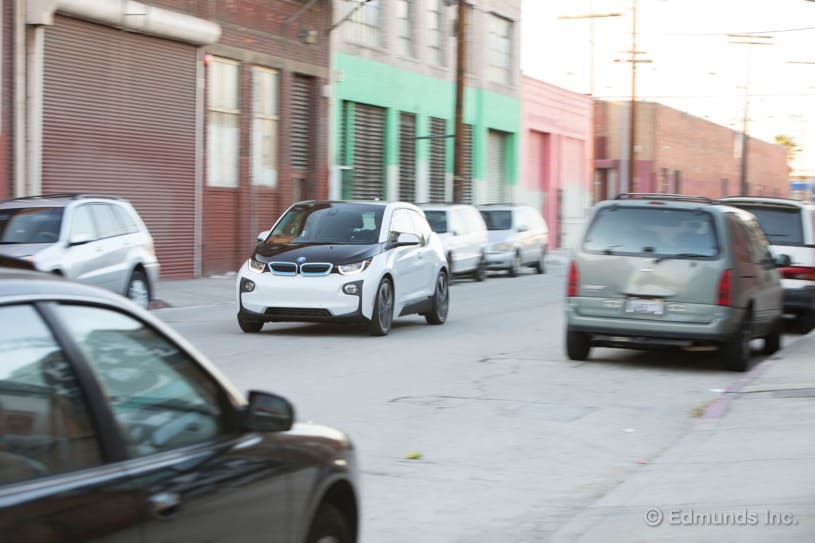Study: Your Neighbor’s EV Is Lowering Your Electric Bill

 According to a new study, all those new electric cars are driving down the cost of electricity.
According to a new study, all those new electric cars are driving down the cost of electricity.
Specifically, study authors say, the high percentage of electric vehicles (EVs) in California has driven down electricity costs for customers of the state’s three largest electric utilities.
“Over the last decade,” the study’s authors write, EV owners in the service territories of Pacific Gas & Electric, Southern California Edison, and San Diego Gas & Electric “have contributed approximately $1.7 billion more in revenues than associated costs, driving rates down for all customers.”
Related: North Carolina EV Owners Could Help Power the Grid
We should add one cautionary note — the environmental group Natural Resources Defense Council paid for the study. An outside agency, Synapse Energy Economics, performed it.
But its math works because of how the law treats utilities.
Utilities Required To Pass Some Profits to Customers
The electricity industry is unlike most other industries. In most of the U.S., energy grids are operated by private businesses, not publicly owned. But they are treated as a vital public service essential to life and safety. That subjects them to strict controls that try to protect the public interest while allowing electric companies to profit.
That includes limits on pricing and revenues. When utilities make more money, the law requires them to pass some of that profit onto their customers through rate cuts.
In California, that’s exactly what happened. Electric companies in the state charge different rates for different times of day depending on fluctuating demand. That signal works — most EV owners charge during off-peak periods when rates are lowest.
Second Study of Its Kind
“EVs have increased utility revenues more than they have increased utility costs, leading to downward pressure on electric rates,” the study found.
Related: Electric Cars 101 — What You Need to Know About EVs
A 2021 study cited similar results in Nevada. The study found that if most drivers in that state went electric, the average electricity bill would fall by $123 per year.
Revenue Could Help Fund Grid Improvements
The added revenue could work to lower rates for everyone. It could also help fund needed updates to America’s energy grids. That will help cope with the added load as drivers switch from gas to electricity.
The additional revenue electric power companies get from EV drivers may not be enough to pay for all the additional power generation required if we all go electric. But carefully planning time-of-use electricity rates, the study says, could help “reduce costs for both EV drivers and other electric customers while reducing harmful emissions” as more drivers go electric.








